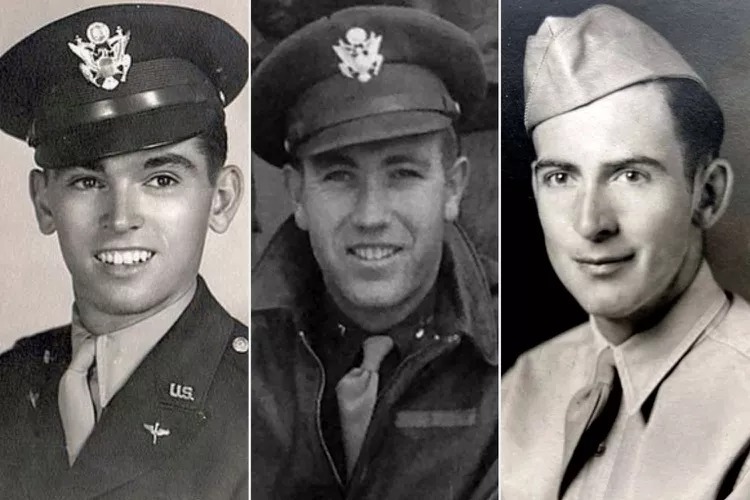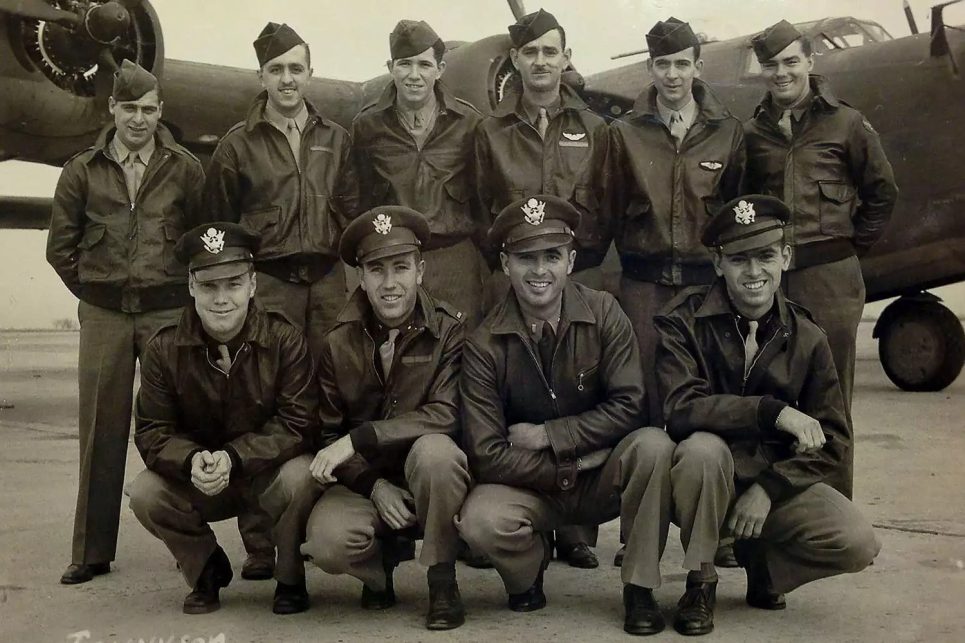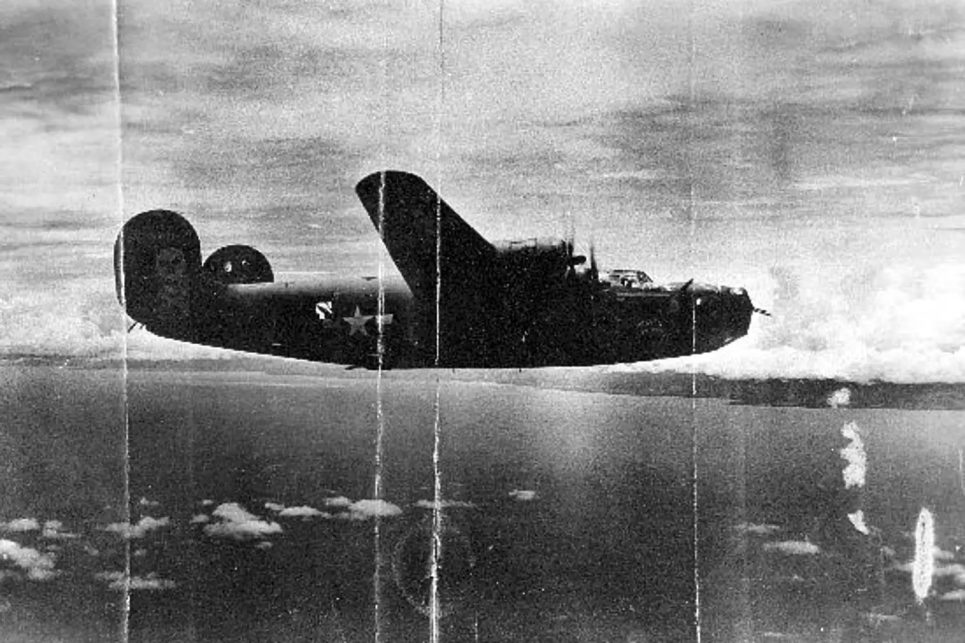WWII Heroes Finally Return Home After Being Lost for Nearly 80 Years
In a powerful and long-awaited moment, the remains of four American World War II airmen have finally been returned to their families — nearly eight decades after they were declared “non-recoverable.”
The four servicemen — Staff Sgt. Eugene Darrigan, 2nd Lt. Thomas Kelly, 1st Lt. Herbert Tennyson, and 2nd Lt. Donald Sheppick — were among 11 crew members aboard the B-24 bomber Heaven Can Wait when it was shot down by enemy fire during a mission over the Pacific on March 11, 1944.

The aircraft was hit during a bombing run over Hansa Bay, off the coast of what is now Papua New Guinea. Witnesses from other planes saw flames erupt from the bomb bay and quickly engulf the tail before the bomber plunged into the ocean. All 11 crew members were presumed killed.
Despite extensive post-war searches and efforts by the U.S. military in 1948, no remains were found. In 1950, the American Graves Registration Service officially declared the remains “non-recoverable.”
But the story didn’t end there.

A Family’s Relentless Search
In 2013, the family of bombardier Thomas Kelly launched their own effort to uncover what really happened to the Heaven Can Wait crew. They teamed up with Dr. Scott Althaus, a professor at the University of Illinois — and Kelly’s first cousin once removed — who spearheaded a four-year investigation.
Althaus gathered military records, maps, and eyewitness reports, eventually concluding that the crash site was likely located off Awar Point, Papua New Guinea. That report was shared with Project Recover, a nonprofit dedicated to finding American service members missing in action.
In 2017, Project Recover located the debris field of the bomber beneath the Pacific. Then, in 2023, an underwater recovery team from the Defense POW/MIA Accounting Agency (DPAA) excavated the site. They retrieved potential human remains, personal effects, life support equipment, and identification tags.
Soldiers Identified, Families Reunited
Using dental records, anthropological analysis, and supporting evidence from the site, scientists were able to positively identify the remains of the four airmen.
-
Staff Sgt. Eugene Darrigan, a radio operator, was just 26 and had a young son at the time of his death.
-
2nd Lt. Donald Sheppick, also 26, and 1st Lt. Herbert Tennyson, 24, were both expecting children with their wives when they were killed.
-
2nd Lt. Thomas Kelly, the bombardier, was part of the crew’s leadership team on that fateful mission.

Darrigan was laid to rest in his hometown of Wappingers Falls, New York, on May 24. Kelly’s burial was scheduled for May 26 in Livermore, California, and Tennyson and Sheppick will be interred in the coming months.
At Darrigan’s burial service, his great-niece Susan Pineiro said: “After 80 years, this great soldier has come home to rest.”
A Story of Sacrifice and Legacy
“What made it possible was many people along the way stopping and remembering,” said Althaus in an interview with The Washington Post. “I’m sure I will be flooded with emotions. How can it be that our family is living what should be an impossible story?”
Thanks to the persistence of families, researchers, and dedicated volunteers, what once seemed lost to history has now been brought full circle.
The return of these four brave Americans reminds us all: even after decades, this nation doesn’t forget its heroes.



